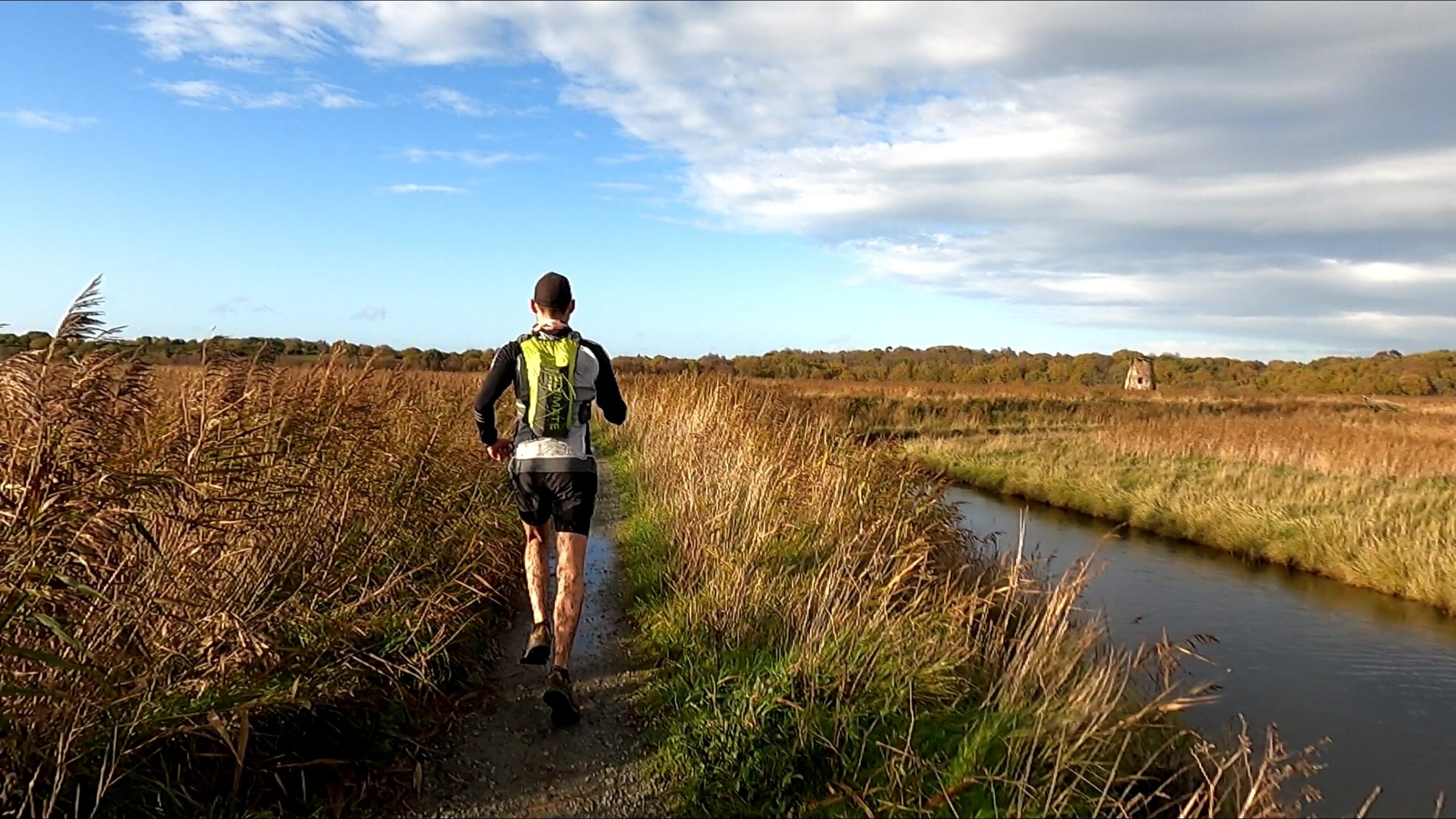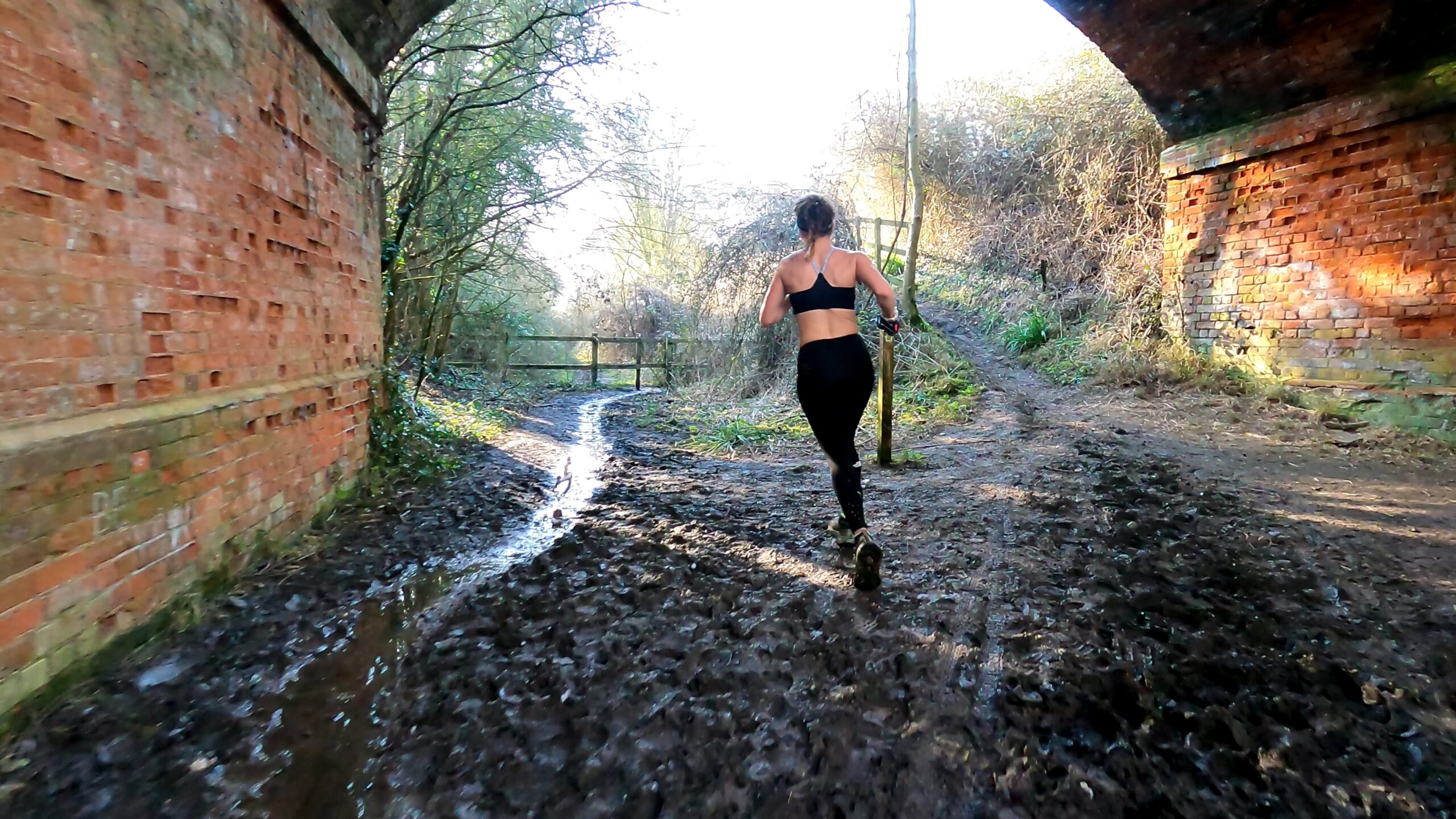A Beginner’s Guide to Trail Running: Embrace the Outdoors and Start Your Adventure
Embarking on the trail running journey can be a thrilling and rewarding experience for beginners. Unlike pounding the pavement, trail running offers a unique blend of nature, challenge, and adventure. If you’re ready to lace up your running shoes and explore the great outdoors, this beginner’s guide will help you navigate the trails with confidence and enthusiasm.
- Choose the Right Trail: As a beginner, start with well-marked and well-maintained trails. Look for paths designated for hiking or running in local parks or nature reserves. These trails often provide a mix of gentle inclines and scenic views, making them ideal for newcomers.
- Invest in Proper Gear: While you don’t need a closet full of high-tech gear to start trail running, investing in a good pair of trail running shoes with reliable grip is essential. The uneven terrain may require more ankle support and traction than standard running shoes.
- Start Slow and Gradual: Trail running introduces different challenges compared to road running. Begin with shorter distances and gradually increase the length of your runs as you build strength and confidence. Focus on enjoying the experience rather than setting speed records.
- Mind Your Footing: Pay attention to the trail beneath your feet. Trails can feature rocks, roots, mud, and uneven surfaces. Lift your feet a little higher than you would on a paved road to avoid tripping. Developing a mindful and steady pace is crucial for navigating varied terrain.
- Stay Hydrated and Energized: Trail running can be more demanding than road running due to the varied terrain. Carry a water bottle and consider bringing energy snacks, especially for longer runs. Staying hydrated and fueled will help maintain your energy levels on the trails.
- Be Prepared for Changes in Weather: Weather conditions on the trails can change quickly. Dress in layers, and check the weather forecast before heading out. In the UK, trails may become muddy, so wearing moisture-wicking clothing and a waterproof outer layer can keep you comfortable.
- Learn Trail Etiquette: Familiarize yourself with trail etiquette to ensure a positive experience for both yourself and other trail users. Yield to hikers, be courteous, and follow any specific rules or guidelines set by the trail or park.
- Listen to Your Body: Pay attention to how your body responds to trail running. Be mindful of any discomfort or pain and address it promptly. Taking rest days is just as important as your running days to prevent overuse injuries.
- Join a Community: Trail running communities are welcoming and supportive. Consider joining local trail running groups, where you can learn from experienced runners, discover new trails, and find motivation and camaraderie.
- Celebrate Your Progress: Trail running is a journey, not a race. Celebrate your progress and achievements along the way. Whether you conquer a challenging hill, complete a longer distance, or simply enjoy the beauty of nature, acknowledge and savor each accomplishment.
Trail running opens the door to a world of adventure, fitness, and connection with nature. With the right mindset, gear, and gradual approach, beginners can seamlessly transition from road to trail. So, embrace the challenge, savor the beauty of the outdoors, and let your trail running journey begin. Happy trails!


